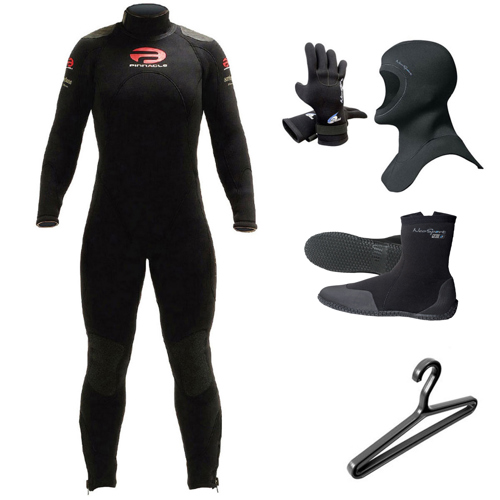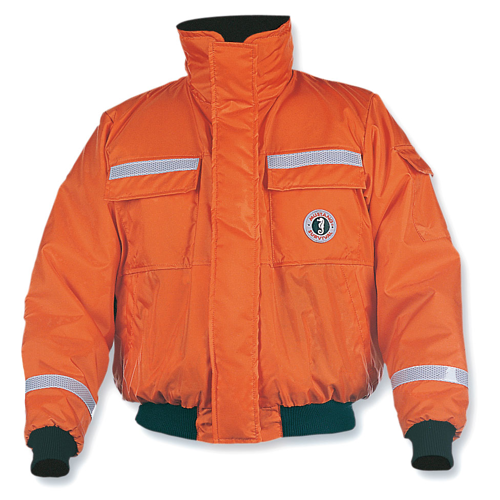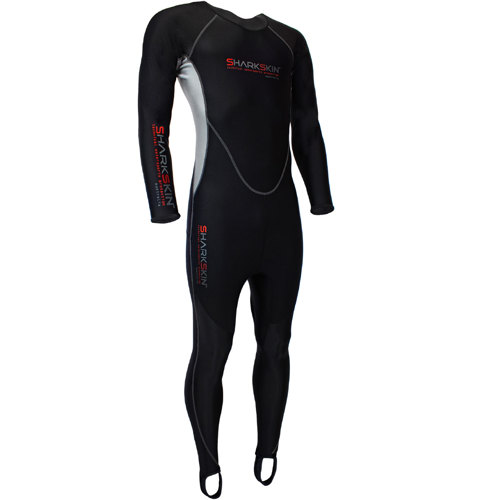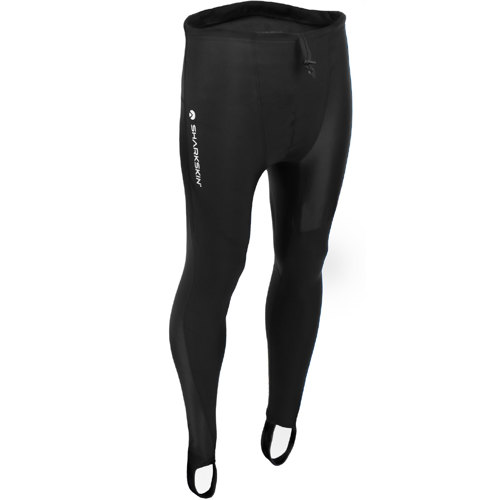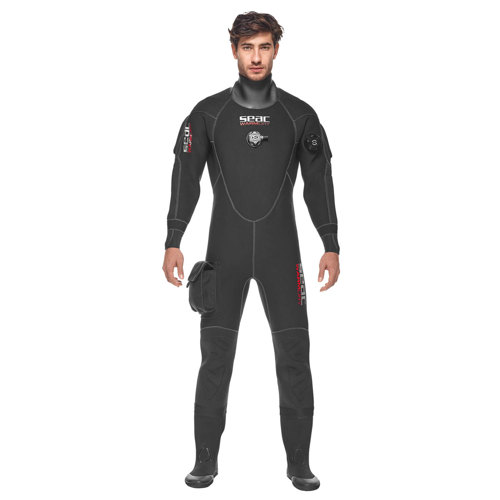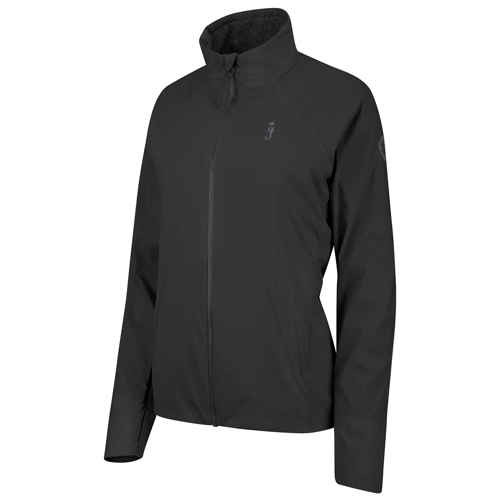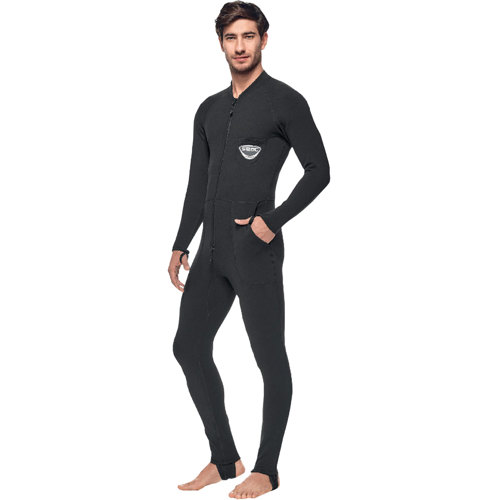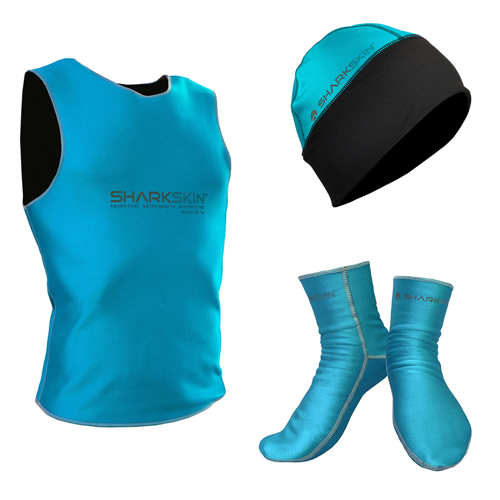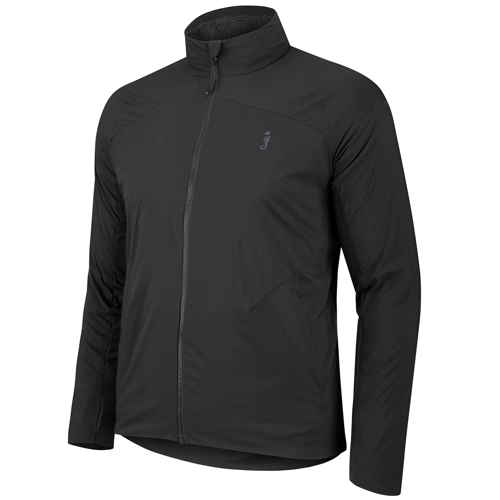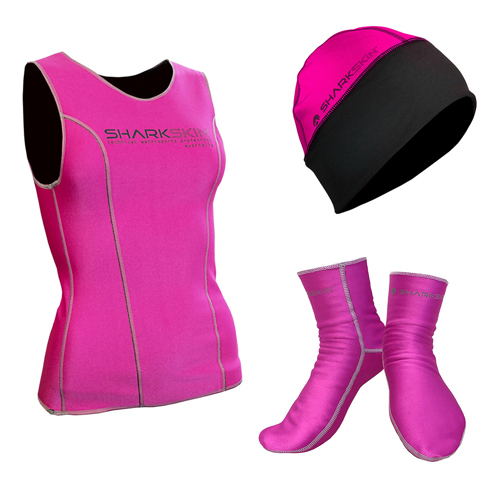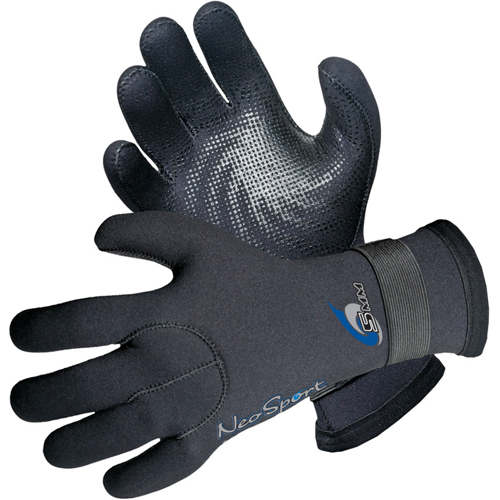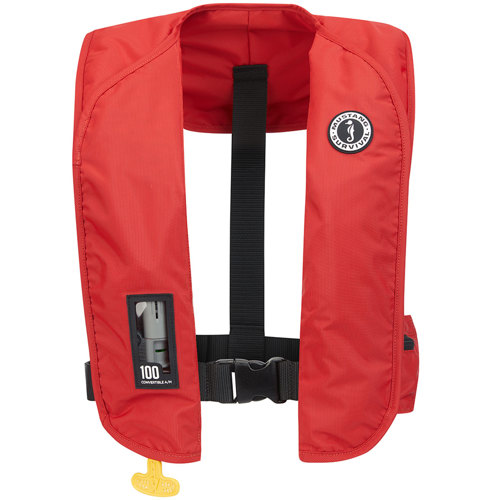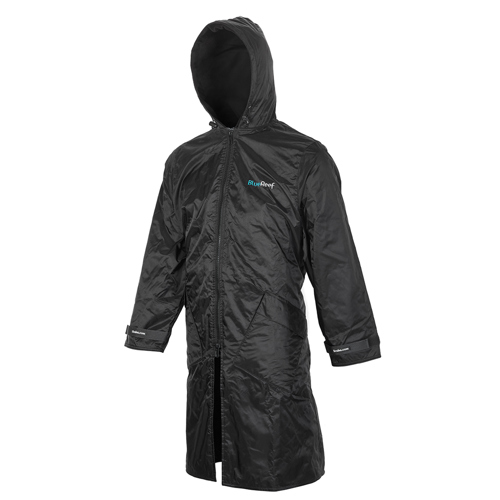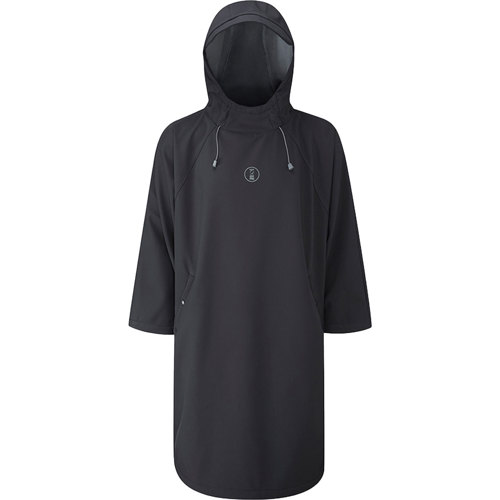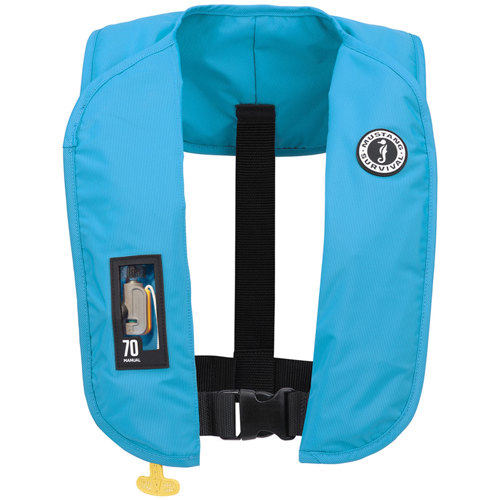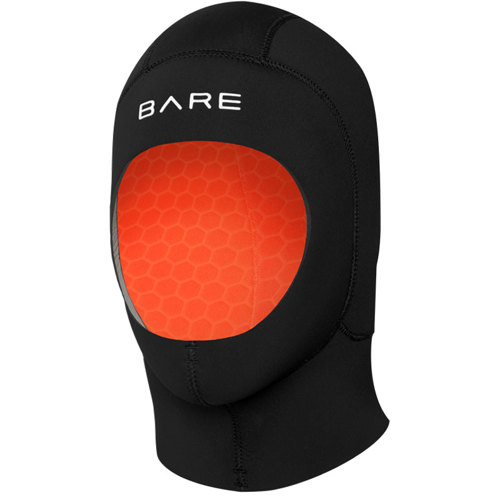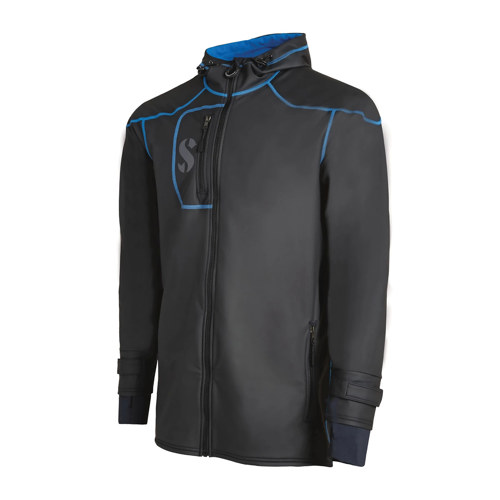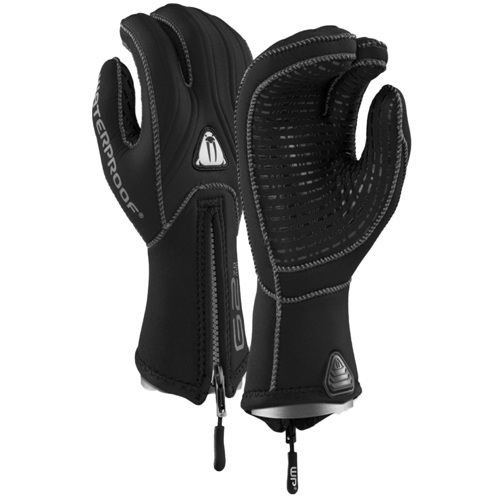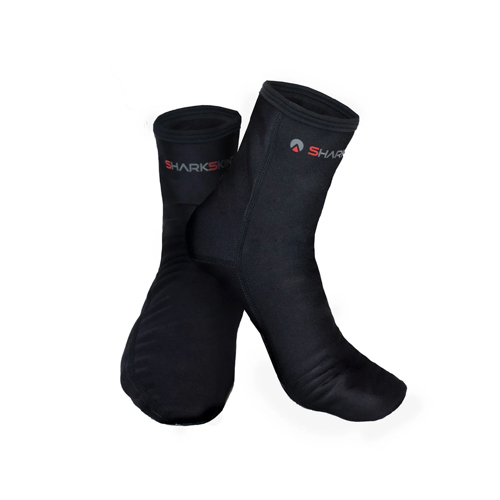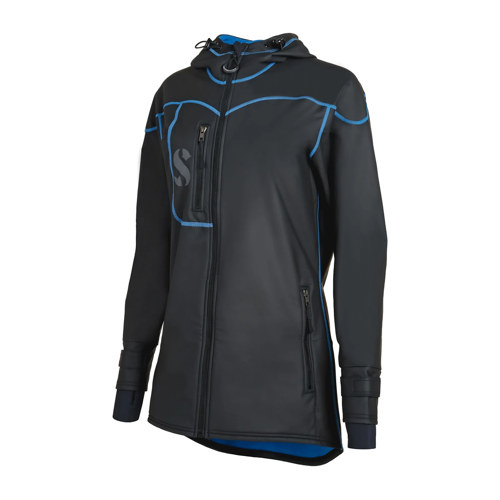When the winter winds pick up and the water temperature drops, cold weather sailing gear becomes a sailor’s lifeline against the elements. For those who refuse to pack away their sails when December arrives, the right equipment is essential—not just for comfort, but for safety. Layering is the foundation of staying warm and dry at sea. Start with a moisture-wicking base layer, like merino wool or polypropylene, to keep sweat away from your skin. Over this, a warm mid-layer such as fleece or wool traps heat close to your body, making all the difference when the wind whips across the deck. The outermost layer should be a waterproof and windproof jacket or spray top, designed to shield you from icy spray and relentless gusts. These technical garments are engineered to fit comfortably over other layers, allowing for freedom of movement whether you’re trimming sails, helming, or simply enjoying the ride. Insulated and waterproof boots are a must, especially for those long hours on deck; they not only keep your feet dry, but also offer traction on slippery surfaces. Don’t overlook details like waterproof gloves with reinforced grips for handling wet ropes, a snug woolen hat, and a neck gaiter to block out wind chill. Even on seemingly mild days, the combination of water, wind, and cold can sap your energy and dexterity faster than you expect.
Cold weather sailing gear isn’t just for seasoned skippers embarking on offshore passages; it’s equally valuable for day sailors, instructors, and anyone who finds joy on the water year-round. For families and friends, these products make thoughtful gifts—imagine the delight of a sailor unwrapping a set of thermal layers or a rugged new jacket, knowing it means more time doing what they love in comfort and safety. Safety gear takes on a new level of importance in cold conditions. A well-fitted life jacket is non-negotiable, and many sailors also use a tether for added security, particularly when sailing shorthanded or at night. Cold water shock is a real risk, so it’s crucial to ensure your safety gear—like VHF radios and personal locator beacons—is fully charged and within reach before heading out. Small touches can make a big difference: hand warmers tucked into pockets, a thermos filled with hot tea or coffee, and extra dry socks stashed below deck. These little comforts become lifelines when the temperature drops. For those who enjoy other winter water pursuits, many of the same principles apply; if you’re interested in expanding your gear for fishing in colder weather, you’ll find more specialized recommendations on our
Cold Weather Fishing Gear page.
Investing in the right cold weather sailing gear extends your season and transforms chilly outings into memorable adventures. Each piece serves a purpose, from keeping you dry during an unexpected squall to preserving dexterity for tying knots or handling lines. The best setups are built on experience—sailors learn quickly the value of a good pair of insulated boots or a mid-layer that stays warm even when damp. The satisfaction of rounding a mark with the spray flying and not feeling the cold seep in is hard to beat. Whether you’re gearing up for solo training, family outings, or competitive racing, the right clothing and accessories let you focus on the thrill of sailing, confident that you’re protected from the elements. As winter deepens and the days grow shorter, there’s a unique beauty to being on the water—the low sun glinting off the waves, the crisp air, and the camaraderie of a crew bundled up and working together. With reliable cold weather sailing gear, every voyage can be comfortable, safe, and unforgettable, no matter how far the mercury drops.

